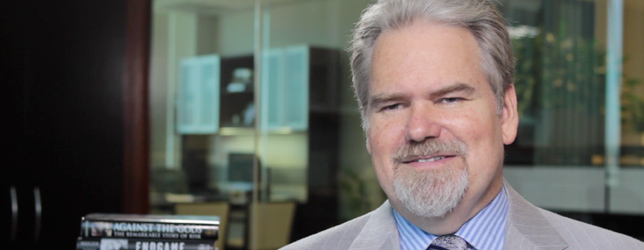If it feels like 1999… investors should heed history
(pictured: Rob Arnott)
Market conditions are such that, if there are lessons from the tech bubble period of 1998-99, investors should be cautiously rotating out of growth stocks, bonds and most developed markets in favour of value stocks, emerging markets, and real assets, according to Rob Arnott.
The renowned value investor and founder of Research Affiliates says in a paper published last week that the four main drivers of current markets had not come together as they have now since December 1998.
The drivers are:
- falling inflation expectations
- tumbling emerging market currencies
- extreme relative valuations for EM versus US stocks and bonds, and
- protracted growth-stock bull market and underperforming value stocks.
Arnott says: “After 1998, an equally weighted mix of inflation-fighting and diversifying assets outperformed a traditional US-centric 60/40 portfolio by nearly 9.0 per cent annualised over the subsequent five years and outpaced 60/40 in 11 of the next 12 years. That’s a lesson we remember.”
Research Affiliates has included six asset classes as “diversifying assets”, each of which is only lightly correlated with mainstream stocks and bonds, and each of which is positively correlated with changes in US inflation rates and inflation expectations. They are: TIPs, commodities, and REITs, and the diversifying asset classes of high yield, emerging market local-currency bonds, and emerging market equities.
The paper, ‘Echoes of 1999: The Tech Bubble and the Asian Flu’, says the potential for a 1999 redux is “palpable”. It estimates that the real return-diversifying asset classes could improve on a traditional 60/40 allocation by approximately 3.5 per cent a year over the next decade.
Arnott says: “In nearly four decades of contrarian investing, I’ve learned that the markets reward neither comfort seekers nor performance chasers for long. Instead, experience shows that the correct long-term strategy is to cautiously pivot into out-of-favour markets, averaging in over time, because it is not possible to know when the turn will come.
“Executing these uncomfortable trades, such as tilting deeper into value or into diversifiers at the times when they are most shunned, goes against human nature. We all want more of what has given us comfort and profit, and less of what has given us pain and loss. But, the capital markets do not reward comfort. Buying what’s unloved is, simply put, the most profitable way to invest, but it demands patience and staying power through the inevitable bouts of adversity.”










